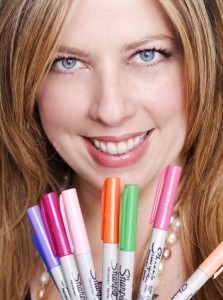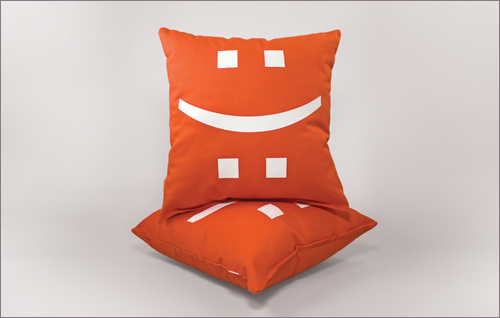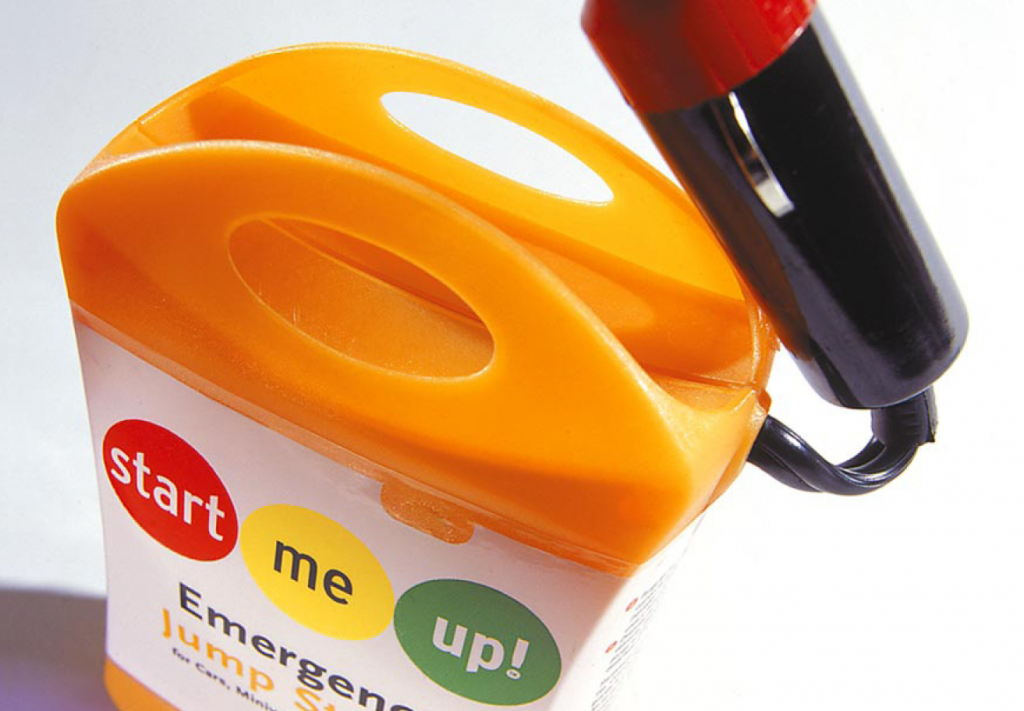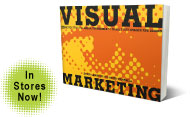Michelle Villalobos loves Sharpies. She uses them to draw charts and enhance her visual presentations on branding. But she didn’t know exactly how big a role these markers would play in her business until she had professional headshots taken.
Villalobos took a few headshots with a span of Sharpies spread out in front of her. She didn’t take the shot seriously until she saw how it resonated with her clients. Now it’s her trademark: “It has become a major piece of my visual brand,” says Villalobos, “So much so that as I follow my own advice and periodically get updated shots, I’m not able to do away with that picture altogether – people are just too attached to it, and it has too much brand equity to let it go altogether. So now I mix it up with other pictures in order to “ease” them into the transition.”
We featured Villalobos in Visual Marketing because of her unique approach to the professional headshot. Most headshots, says Villalobos, are stale and cookie-cutter. “Most of the time the photographer chooses the poses – and photographers don’t necessarily understand the strategic branding initiatives that a head shot contributes to and furthers. It is important for the subject to decide how he or she wants to be portrayed everywhere: on their website, in social media profiles, on media kits and on the web at large, and then communicate that to the photographer early, and develop a plan for executing that.”
Go Beyond the Traditional Headshot
Villalobos encourages all business owners to have a professional photographer take headshots for their website and social media profiles. But don’t let the photographer lead how you represent yourself.
“Give some real thought to your personal brand, and how you’d like the world to see you, talk to your photographer about that and brainstorm ways you can get that across visually,” explains Villalobos, “For example, an attorney client of mine was really struggling because he wanted something “professional” (i.e., wearing the traditional suit) but at the same time accessible and something that shows how hard he works. So we showed him with his tie on, jacket off, standing with his foot on a stack of books. He loves this picture – and so do his clients.”
Remember that while the photographer is the expert at taking pictures, you’re the expert at your brand and how you want to be portrayed. Make sure the headshots reflect who you want people to see.




